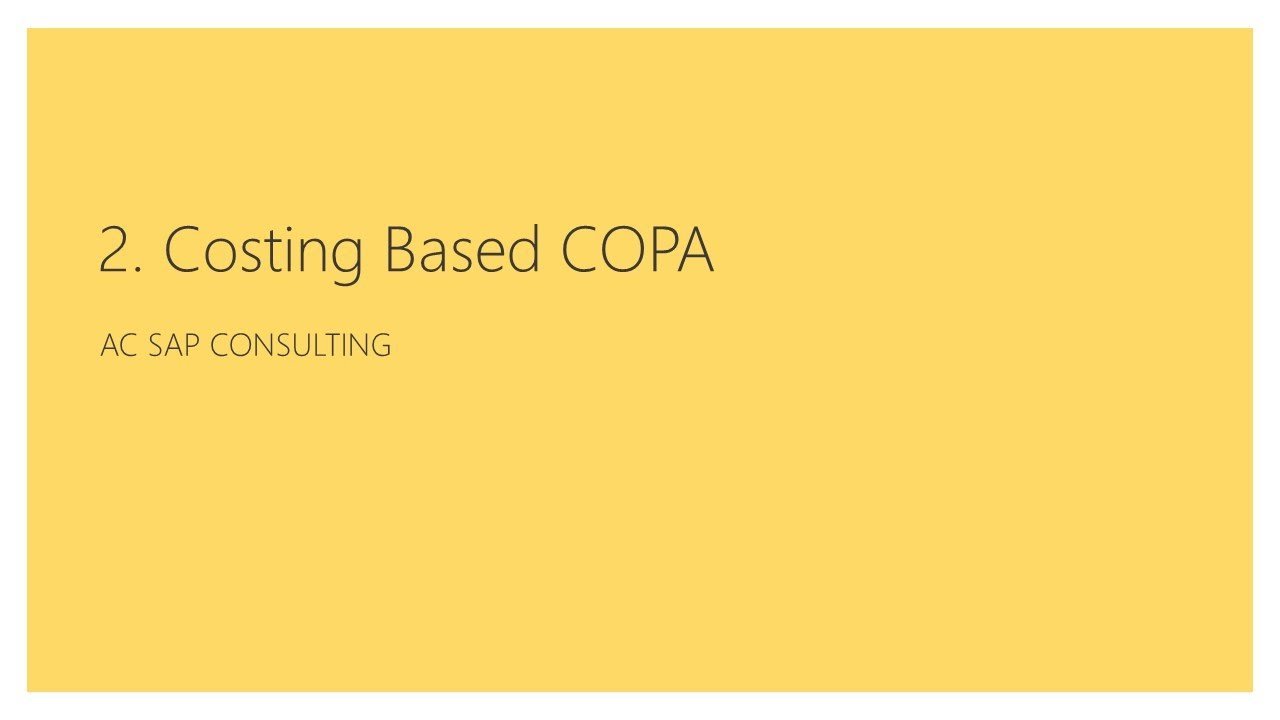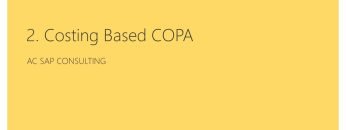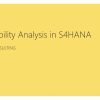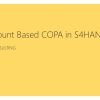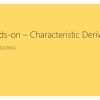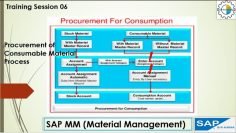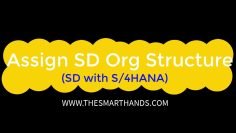This video is the second in a series focusing on Profitability Analysis (COPA) in SAP S/4HANA. The presenter delves deeper into the specifics of costing-based COPA, explaining its functionality, configuration, and how it differs from account-based COPA.
Key points covered in the video include:
- Overview of Costing-Based COPA: The presenter begins by reiterating that costing-based COPA was the most common form of COPA in ERP systems and discusses its advantages and disadvantages.
- Cost of Sales Accounting Method: The video explains that costing-based COPA follows the cost of sales accounting method. The structure created for costing-based COPA resembles a profit and loss statement, with sales revenue, expenses, and various types of costs.
- Configuration of Characteristics and Value Fields: The presenter discusses the need to configure characteristics and value fields in costing-based COPA. Characteristics define the nature of an object, while value fields carry the values from other modules to the COPA module.
- Value Field Creation and Best Practices: The video emphasizes the importance of judicious creation of value fields, as SAP supports a maximum of 200 value fields in an operating concern. It also discusses best practices for creating value fields to optimize reporting and analysis.
- Data Flow from Modules to COPA: The presenter illustrates how values flow from different modules like SD, MM, and FI to the COPA module. This includes capturing sales quantities, revenue, discounts, costs, and overheads from various transactions.
- Disadvantages of Costing-Based COPA: Key disadvantages highlighted include the lack of real-time reconciliation with finance modules, support only for cost of sales accounting, and the additional configuration effort required.
- Comparison with Account-Based COPA: The presenter briefly compares costing-based COPA with account-based COPA, noting that SAP is now focusing more on enhancing account-based COPA.


